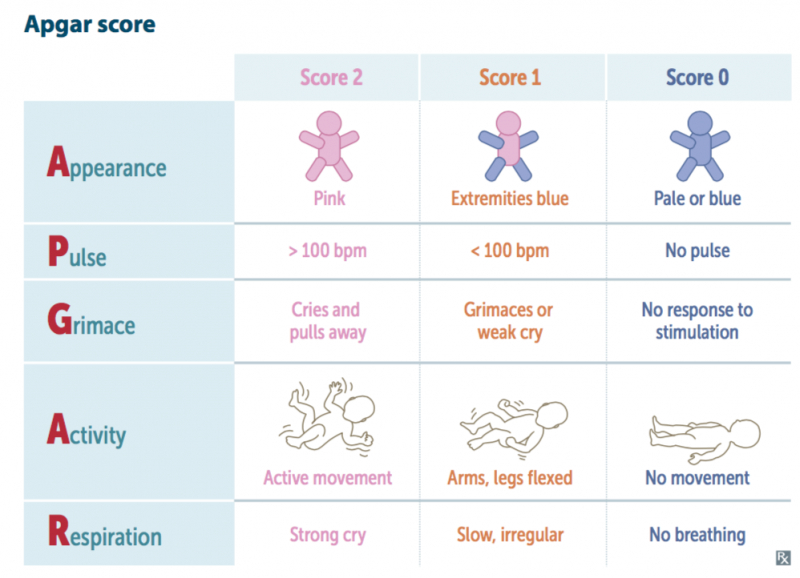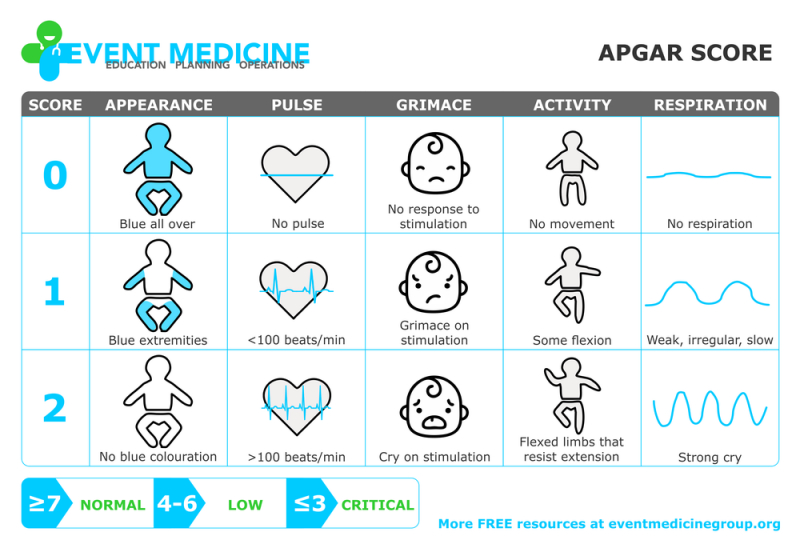The APGAR Score for Newborns is a Backronym
An APGAR test is sometimes performed on newborns to determine how healthy they were overall at the time of birth. It usually takes place in the first five minutes. Appearance, Pulse, Grimace, Activity, and Respiration (APGAR) is an acronym. The doctor wants to make sure the youngster isn't turning blue, yellow, or another color that isn't suggestive of good health because appearance relates with skin tone. Heart rate is addressed by pulse, which is clear. Grimace alludes to a healthy reaction, activity to muscle tone, and respiration, of course, to breathing.
Doctors can evaluate each of these components using a scale that goes from two to zero. One may signify issues, two is optional, and zero denotes something that absolutely needs to be solved. The infant going blue would be indicated by a score of 0. No pulse at all is indicated by a reading of 0.
Where does the backronym come into play because everything seems nice and normal so far? The experiment was created by Dr. Virginia Apgar in 1952. To account for the characteristics that were crucial to see in a baby to judge its health, at least in terms of heart rate and respiration, she created a backronym out of her own name.












